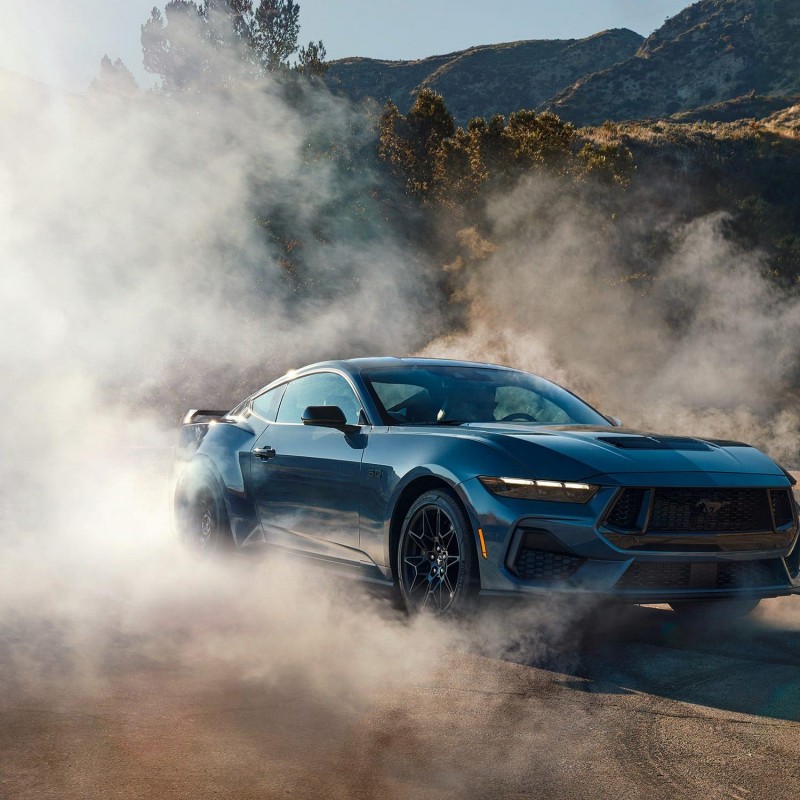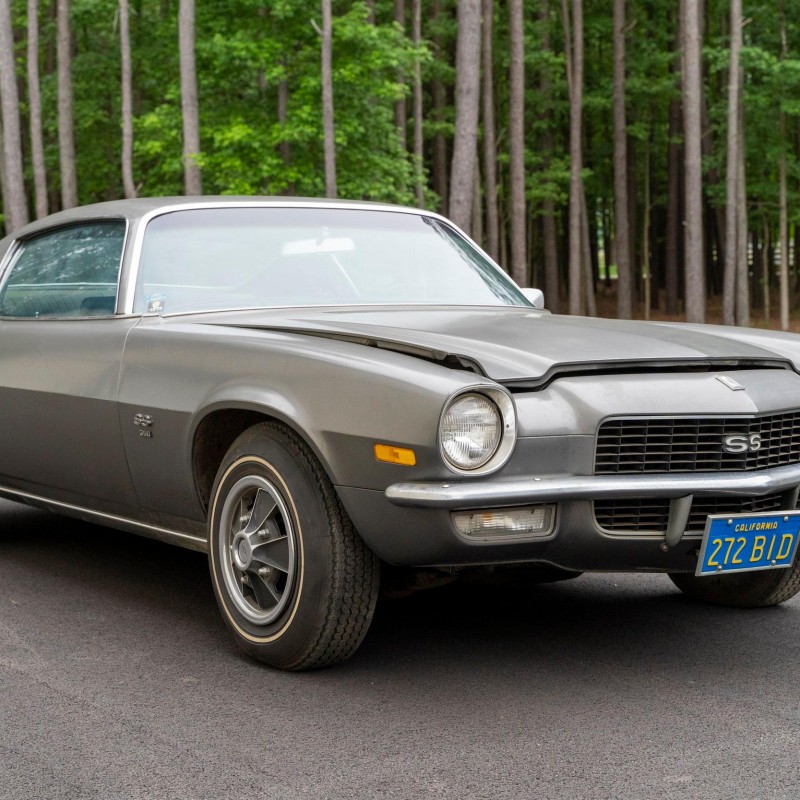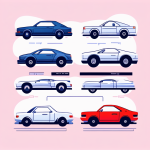Introduction
A damaged car bumper can significantly detract from your vehicle’s appearance and reduce its overall resale value. Moreover, it can pose safety hazards, especially if the bumper shows signs of structural integrity concerns. Fortunately, fixing a damaged car bumper is not as daunting as it seems. With the right approach, basic tools, and some effort, you can repair your bumper effectively. Repairing a bumper not only helps restore your vehicle’s look but also allows you to save money compared to professional repair costs. This article will explore various methods for fixing a damaged car bumper, whether it involves simple cosmetic fixes or more extensive structural repairs. We will cover the types of damage you may encounter, necessary tools, step-by-step repair techniques, and tips for maintaining your bumper after the repair. By the end of this guide, you will feel equipped with all the information required to successfully handle fixing a damaged car bumper.
Understanding Bumper Damage
Before diving into the repair process, it’s essential to understand the types of bumper damage you might encounter. Identifying the specific issue will help you determine the best approach for fixing a damaged car bumper.
Types of Damage
Bumpers can sustain various types of damage, including:
- Scratches and Scuffs: These are minor surface imperfections that can be easily fixed with touch-up paint or buffing.
- Dents and Dings: Dents may occur from minor collisions or impacts. Some dents can be repaired using simple tools, while others may require more extensive work.
- Cracks: Cracks in the bumper can compromise structural integrity. Depending on the severity, you can either repair them or replace the bumper altogether.
- Warpage: Warping can occur due to prolonged exposure to heat, resulting in an uneven appearance. A heat gun may help restore the bumper’s shape in some cases.
- Missing Pieces: In severe cases, parts of the bumper may break or become detached. This situation may call for replacement parts sourced from a dealer or auto parts store.
Assessing the Damage
Once you’ve identified the type of damage, it’s critical to assess how severe the issue is. Minor surface scratches might only require cosmetic fixes, while significant cracks or dents could demand more intensive repair work.
- Inspect the Structural Integrity: Before starting any repair work, look for underlying structural issues. Bumpers are designed to absorb impact, so ensure that the material hasn’t been compromised.
- Evaluate the Aesthetic Quality: Determine how the damage affects the overall look of the bumper. Assess if the damage is merely cosmetic or if it compromises your vehicle’s safety.
Recognizing the various types of damage and conducting a thorough assessment will provide a solid foundation for addressing specific repair needs.
Tools and Materials Needed for Repair
Successfully fixing a damaged car bumper requires some basic tools and materials. Collecting these items beforehand helps streamline the repair process.
Essential Tools
Here are several essential tools you will need to have on hand:
- Heat Gun or Hair Dryer: Useful for softening and reshaping bumpers made from plastic.
- Plastic Scraper: Necessary for removing loose paint or debris without damaging the bumper’s surface.
- Sandpaper (Various Grits): A range of sandpaper from coarse to fine will help in smoothing out scratches and worn areas.
- Putty Knife: Ideal for applying adhesive or compound during the repair process.
- Wrenches and Socket Sets: These tools facilitate the removal and reinstallation of bumper attachment bolts.
- Drill and Drill Bits: If your bumper requires new mounting holes after a significant repair, a drill is necessary.
- Clamps: Helpful when gluing or bonding components together, ensuring a secure fit while the adhesive dries.
Recommended Materials
Selecting the appropriate materials will also contribute to a successful repair:
- Plastic Adhesive or Epoxy: For bonding cracks or breaks in the bumper. Make sure to select a product compatible with the bumper material.
- Automotive Body Filler: This material can be used to fill in deeper scratches or dents before sanding and painting.
- Primer: A primer is used to prepare the surface for painting and improves paint adhesion.
- Touch-Up Paint: Specific colors matched to your vehicle’s paint code will help restore the bumper’s appearance.
- Clear Coat: A clear coat protects the freshly painted surface and enhances the paint’s durability.
By gathering the necessary tools and materials, you can prepare effectively for fixing a damaged car bumper.
Step-by-Step Guide to Fixing a Damaged Car Bumper
Now that you have a solid understanding of the types and assessment of bumper damage, as well as the tools required, let’s delve into the step-by-step guide for fixing a damaged car bumper.

Preparing for the Repair
Before starting any repair work, ensure the following:
- Work in a Well-Ventilated Area: Adequate ventilation helps disperse fumes from adhesives and paints.
- Protect Surrounding Areas: Use painter’s tape and plastic sheeting to shield the vehicle’s paint and any adjacent components from damage.
- Gather Safety Equipment: Always wear safety glasses and a mask when sanding or working with chemicals to protect against dust and fumes.
Steps for Minor Scratches and Scuffs
If the damage is limited to superficial scratches or scuffs, follow this simple process:
- Clean the Area: Begin by cleaning the affected area with soap and water. Dry thoroughly with a clean cloth.
- Sand the Scratch: Use fine grit sandpaper to gently smooth out the scratch area. Be cautious not to damage the surrounding paint.
- Apply Touch-Up Paint: Use a brush or applicator to apply the touch-up paint, filling the scratch. Allow the paint to dry fully according to the manufacturer’s instructions.
- Buff the Surface: Once dry, lightly buff the area with a microfiber cloth to create a smooth finish.
- Apply Clear Coat: For additional protection, apply a clear coat over the repaired area. This step enhances durability and shine.
Steps for Dents and Dings
For slightly more challenging repairs involving dents or dings, follow these steps:
- Assess the Depth of the Dent: Determine if the dent is shallow or deep. Shallow dents may require less intensive repairs compared to deeper ones.
- Heat the Area: If the bumper is made of plastic, carefully apply heat with a heat gun or hair dryer to soften the material.
- Use a Plunger or Dent Puller: For small, shallow dents, utilize a suction cup dent puller or a plunger. Apply it directly over the dent and pull outward. Repeat as necessary until the dent pops out.
- Fill in Any Remaining Imperfections: For deeper dents, use an automotive body filler to level out the surface. Apply the filler with a putty knife and allow it to cure according to product instructions.
- Sand and Smooth: Once the filler has cured, sand it down carefully with sandpaper until the surface is smooth and even.
- Paint and Finish: Follow the same painting and clear-coating process as for minor scratches to complete the repair.
Steps for Cracks and Breaks
Fixing cracks or significant damage requires more thorough techniques. Follow this process:
- Clean the Cracked Area: Ensure smooth, clean surfaces by removing any debris from the crack using a plastic scraper.
- Prepare the Surface: Lightly sand around the crack using coarse sandpaper to create a better bond for the adhesive.
- Apply the Adhesive: Using a plastic adhesive or epoxy, fill the crack carefully. Use a putty knife to push the adhesive deep into the crack. Ensure an even application.
- Clamp the Crack: If applicable, use clamps to hold the sections together until the adhesive cures. This step enhances the strength of the repair.
- Sand Smooth: After the adhesive has fully cured, sand the area to achieve an even surface that blends with the original bumper.
- Prime and Paint: Apply primer over the repaired area, followed by touch-up paint and clear coat as previously described.
Steps for Replacing a Severely Damaged Bumper
In cases where the bumper is too heavily damaged, replacement may be necessary. Follow these steps for a bumper replacement:
- Remove the Damaged Bumper: Use wrenches and socket sets to detach the damaged bumper. Carefully unclip any wiring harnesses that may be connected.
- Acquire Replacement Parts: Source a new or used bumper that matches your vehicle’s specifications. Make sure you verify compatibility before purchasing.
- Prepare the New Bumper: If the replacement bumper requires painting, match the color to your vehicle’s paint code. Prepare the surface with sanding and priming as needed.
- Install the Replacement Bumper: Align the new bumper in place and secure it using the existing hardware. Reattach any wiring or connectors that were previously disconnected.
- Adjust and Test Fit: Ensure the bumper fits correctly and make any necessary adjustments. Inspect for gaps or misalignment before finalizing the installation.
- Secure Everything: Tighten all bolts and screws securely to prevent any movement or looseness during driving.
- Final Inspection: Conduct a final visual inspection to confirm everything is in proper order.
Following these troubleshooting steps will allow you to undertake a range of repairs on a damaged car bumper. Whether fixing scratches, dents, cracks, or replacing the bumper entirely, each step will contribute to restoring your vehicle.
Preventative Measures for Car Bumper Maintenance
Once you’ve successfully fixed a damaged car bumper, implementing preventative measures can help to maintain its condition. Here are some effective strategies for caring for your bumper:
Regular Cleaning
Regularly washing your car helps to prevent dirt and debris buildup on the bumper, which can cause scratches over time. Use a gentle car wash soap and a microfiber cloth for optimal care.
Waxing the Bumper
Applying a wax coat to the bumper provides an additional protective layer against minor scratches and UV damage. Maintaining a regular waxing schedule will help keep the bumper looking newer for longer.
Inspecting for Damage
Take the time to regularly inspect your bumper for any signs of wear or damage. Early detection of small issues can lead to easy fixes before they escalate into significant repairs.
Parking Awareness
Be mindful when parking your vehicle to avoid minor collisions or bumps. Choose parking spots that offer enough space to minimize the risk of damage during parking.
Exercise Caution in Low-Speed Situations
Low-speed impacts can lead to bumper damage. Slowing down and being cautious during maneuvering can significantly reduce the chances of damage.
Use Protective Accessories
Consider investing in bumper guards or additional protective accessories designed to absorb minor impacts. These accessories can serve as an extra layer of protection against everyday bumps and scrapes.
By implementing these preventative measures, you can help preserve the integrity and appearance of your car’s bumper for years to come.

Conclusion
Fixing a damaged car bumper is an important skill for any vehicle owner. Not only does it enhance your car’s appearance, but it also improves safety and protects its value. This comprehensive guide has explored various types of bumper damage, tools and materials needed for repair, and step-by-step techniques for addressing surface scratches, dents, cracks, and even full replacements.
In addition, we’ve discussed the value of consistent maintenance and preventative measures to keep your bumper in good shape. Taking the time to address bumper damage and care for your vehicle is crucial, as it ensures a safe and enjoyable driving experience.
Ultimately, when you become proactive about fixing a damaged car bumper, you’re investing in the long-term health of your vehicle. With the right knowledge, tools, and techniques, you’ll be well-equipped to tackle any bumper-related issues that come your way.


